What is the difference between the “relative” and the “absolute”? And how do these 2 perspectives relate to Aikido? Recently I held another “Aiki-Discussion” in the Integral Dojo Community Call series on this very topic. In this call, I was joined by Dan Messisco Sensei and members from our global sangha, as we explored “Aikido & The Absolute Perspective.”
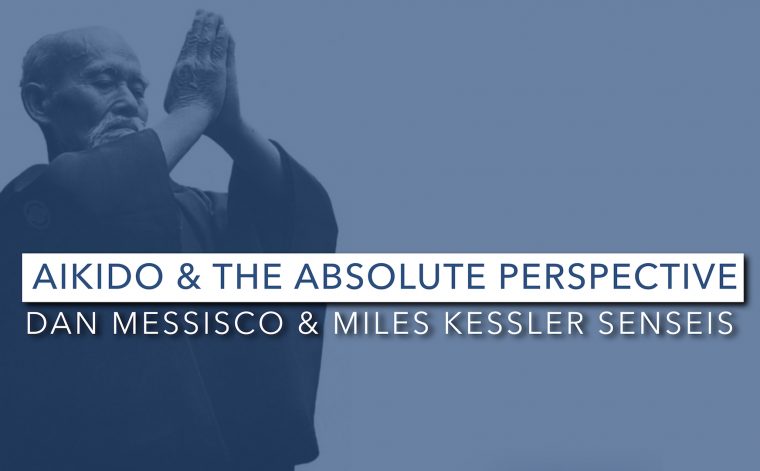
I have yet to meet and practice with Dan Messisco Sensei in person. I have read some of his thoughts on Aikido, and I’ve seen some of his Aikido videos. But I’ve had the pleasure to meet and talk with Dan on several occasions online as part of the “Aikido At The Leading Edge” tele-summit, and as a guest teacher in the “Aikido At The Leading Edge Masterclass”.
In each of our meetings, I was always struck by Dan’s ability to speak both about and from the Absolute perspective (his videos show that he can clearly do Aikido for this perspective). In my own spiritual explorations, I’ve come across many teachers who possess this ability (in fact, it is what makes them spiritual teachers), but it is much more rare to find someone possessing this perspective in Aikido.
In the below Community Call replay Dan & I engaged in a rich discussion that drew deeply from our experiences in Aikido and spirituality. Dan set the context for the discussion with the following opening words:
Dan Messisco’s Opening Words On “Relative & Absolute”
“Like most people practicing Aikido I have spent most of my years practicing from a relative perspective. It has been my observation that most people continue to do so. Let me take a moment to say something very important related to our discussion.
I am no way implying that there is anything wrong, or incorrect about practicing this way. I have met many talented teachers and practitioners of Aikido who have taken their practice to an amazing level with this relative interaction.
What I would like to share with everyone is the discovery of an Aikido that enhances both “nage” and “uke’s” practice… by removing dualism from our training.
To begin with we have to know what is meant by relative and absolute perspectives and how they relate to our practice. Having a relative perspective is defining the position of our body and the environment.
For example, I’m sitting on this chair right now, in front of a fence, and next to a fruit tree. I could also say that the chair is under me, the fence is behind me, and the fruit tree is next to me. This is a relative relationship.
Having an absolute perspective means that we don’t define our position relative to external stimuli. Through “embodied consciousness” everything else is in a field of our presence. Just like the gravitational field that surrounds objects and space.”
Here are some of the things we explore in this call on “Embracing Conflict As Path”:
- The uke’s need to always keep the intent of attacking.
- Always be in the center of any interaction.
- Never go out, let everything come to you.
- Technical Aikido training does not lead to the Absolute perspective. Rather, Aikido is an expression of the Absolute perspective.
- Staying aligned with the Absolute magically brings others in the Absolute too.
- In ukemi the hand always tells the body what to do, not the mind.
- Never resist while being uke.
You are invited to join us by watching the community call replay below. I would love to hear your thoughts on this topic so be sure to leave any comments or questions on the below video.
Enjoy!
Question: What does the “Relative and the Absolute” mean for you in Aikido? Join the conversation by leaving your comments below!


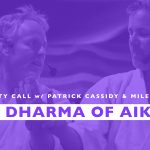
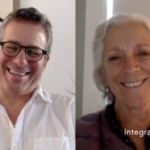
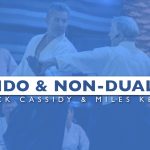
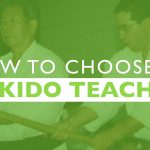

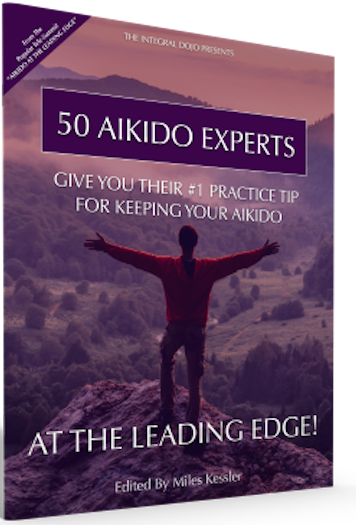

Please note: I reserve the right to delete comments that are offensive or off-topic.